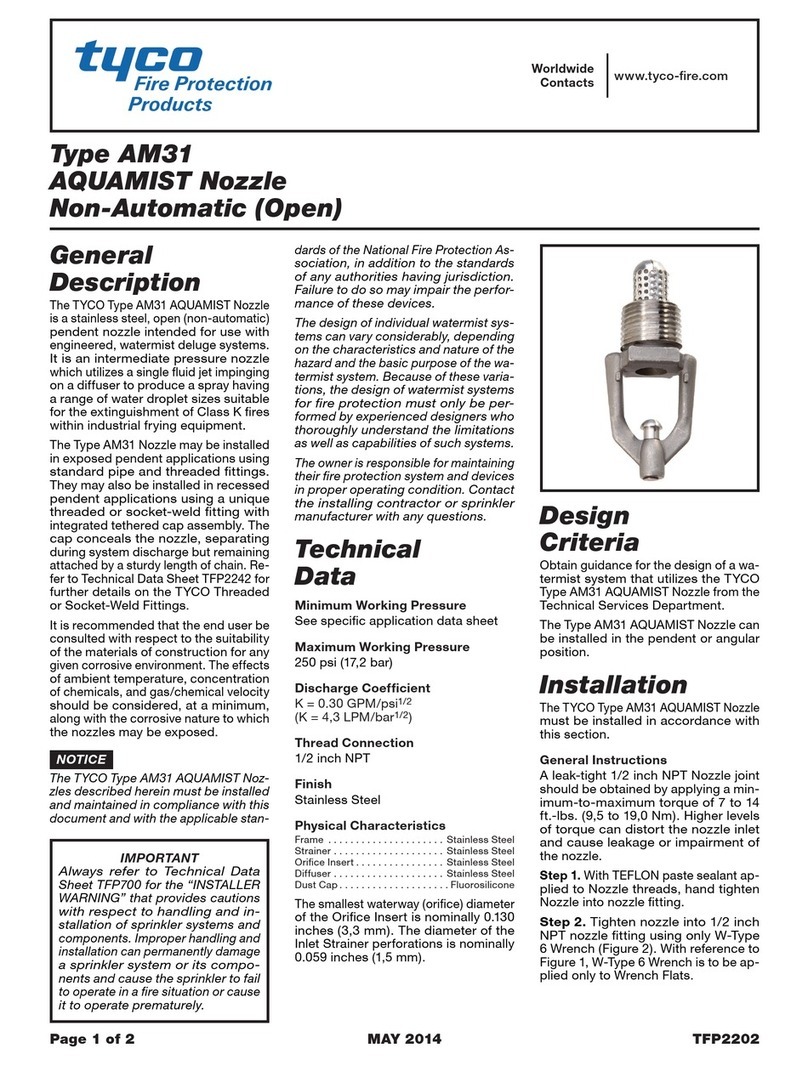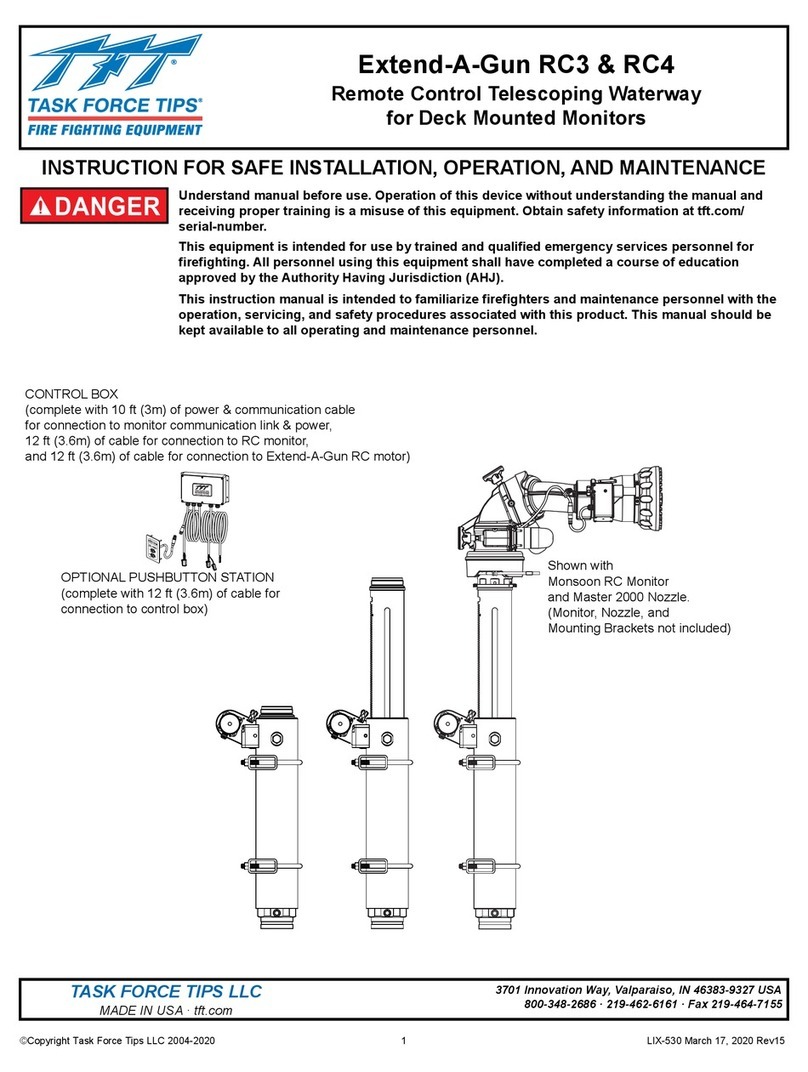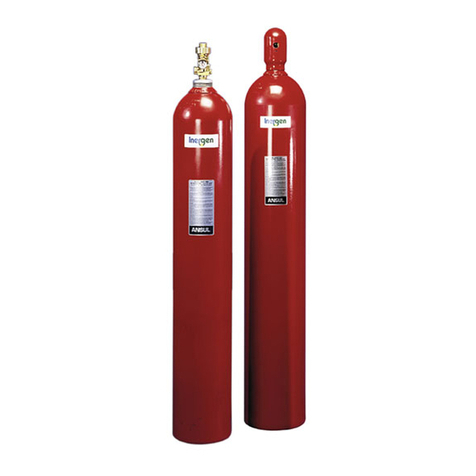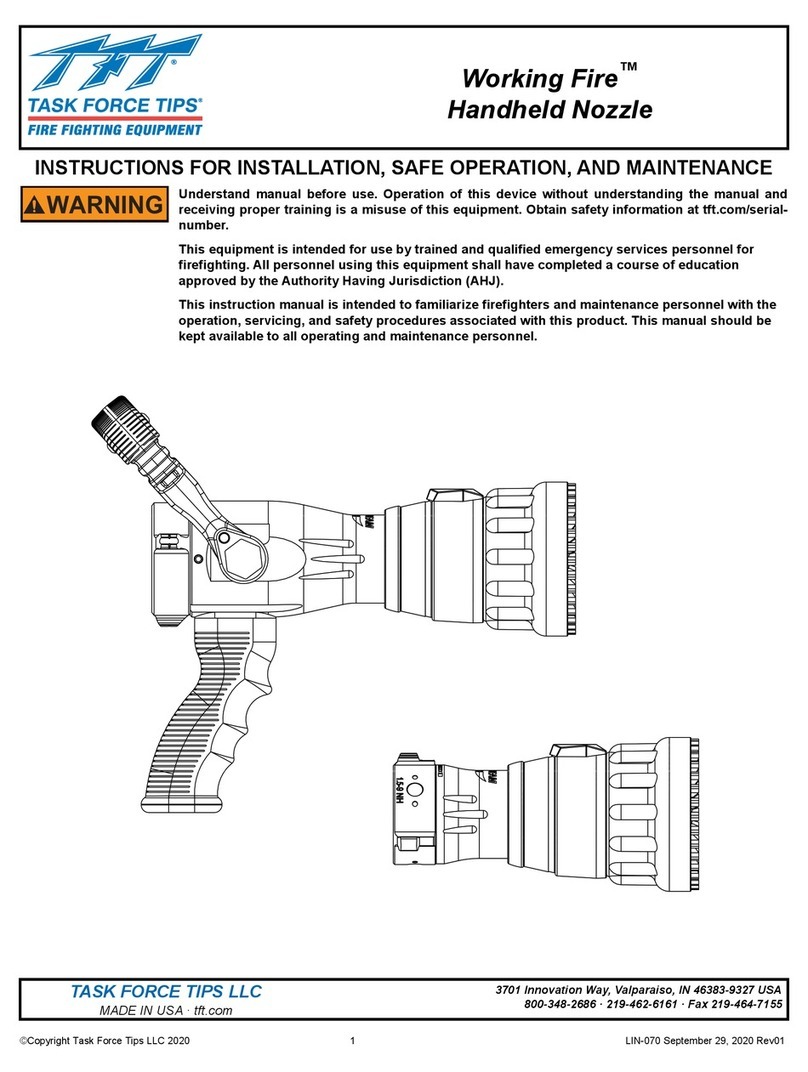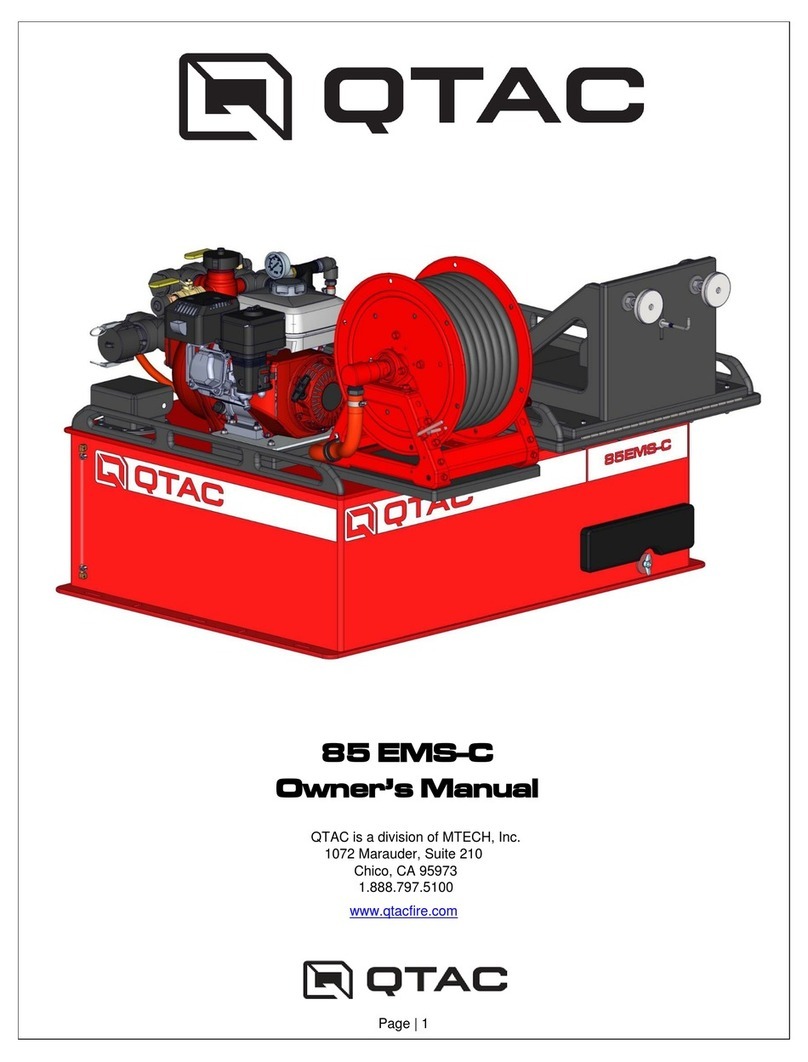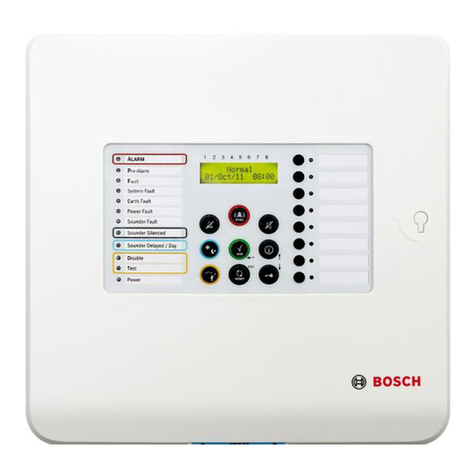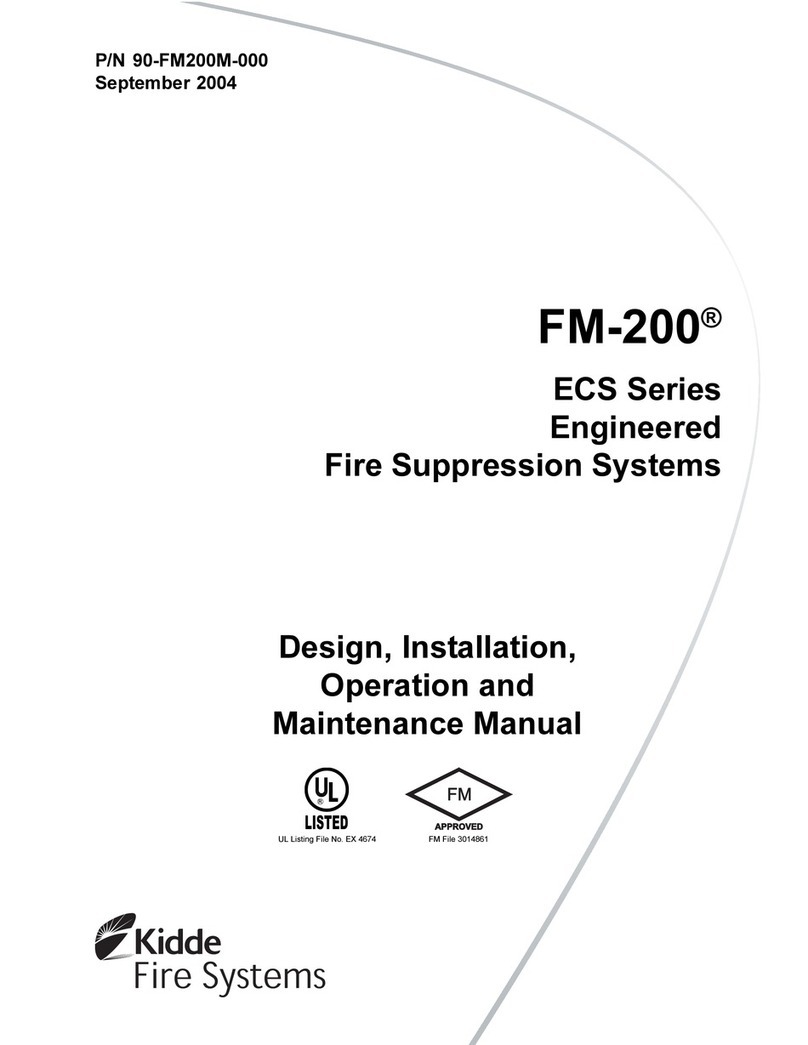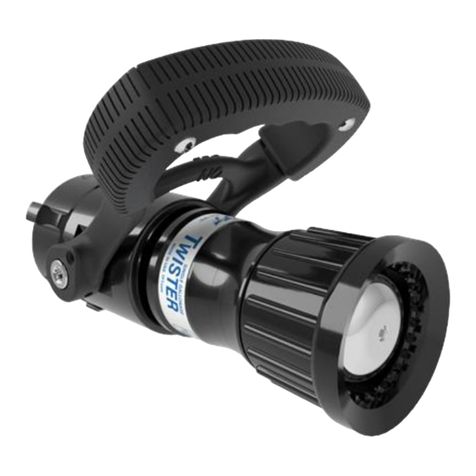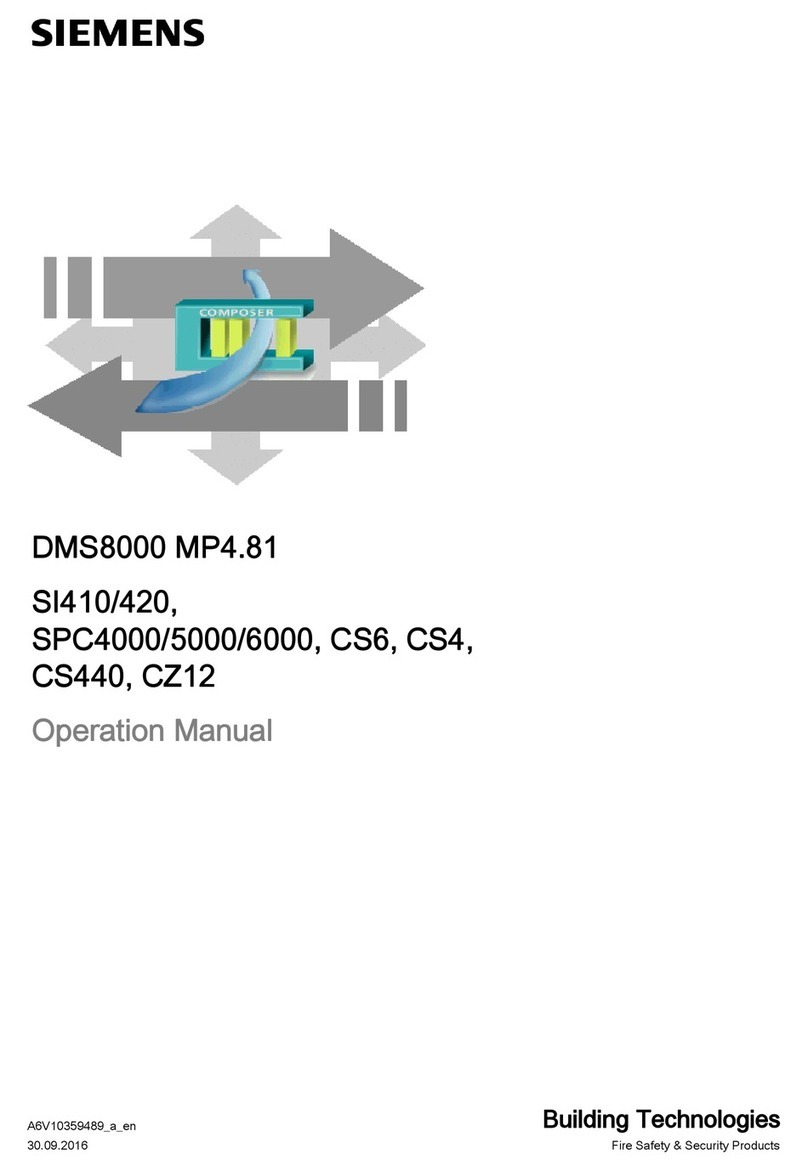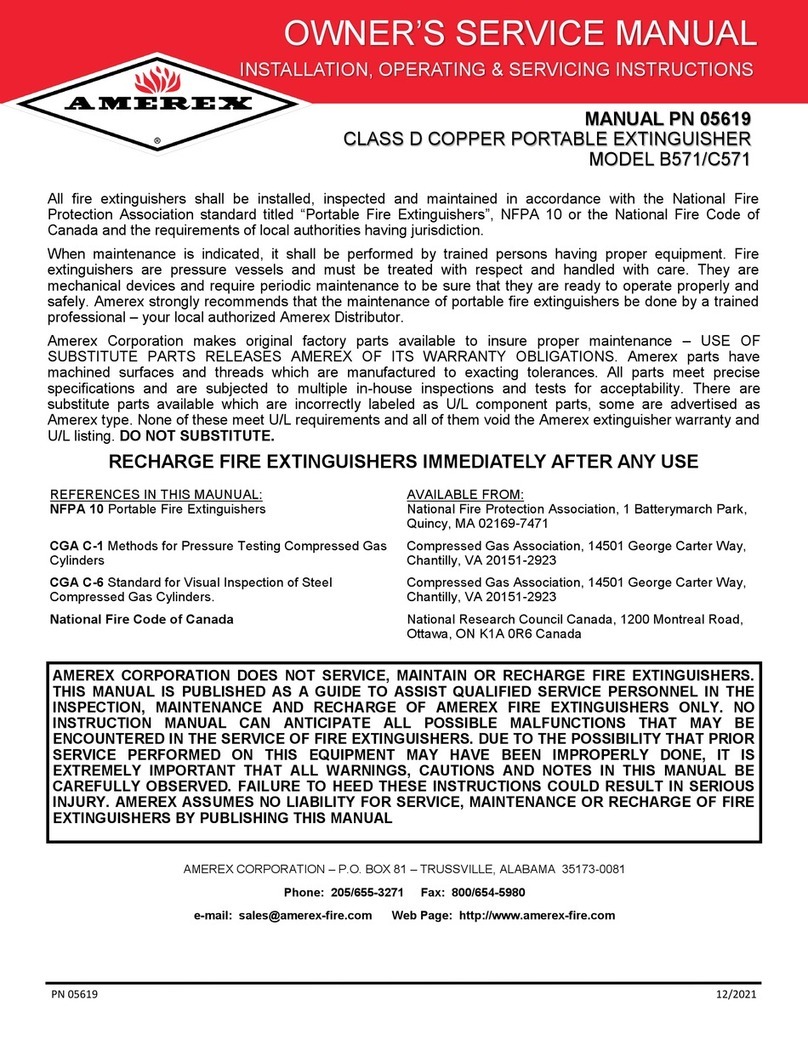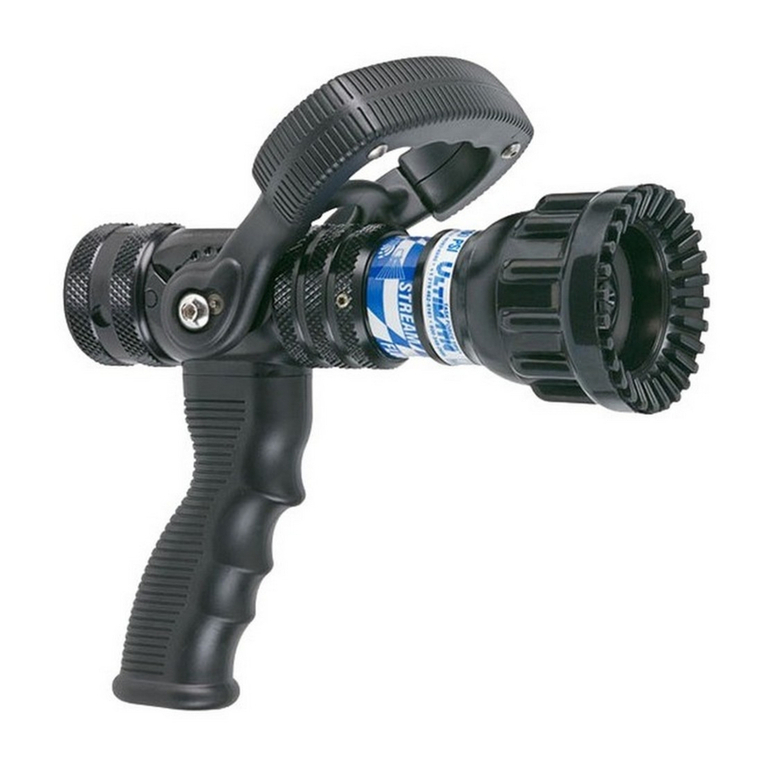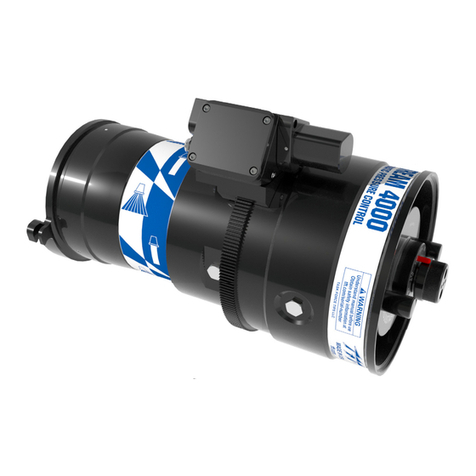
SECTION 1 - INTRODUCTION Page Rev. Date
About this Manual. . . . . . . . . . . . . 41 4-2-01
Definitions. . . . . . . . . . . . . . . . . 4
Contacts . . . . . . . . . . . . . . . . . . 4
Introduction . . . . . . . . . . . . . . . . 4
Approvals and Standards . . . . . . . . . 51 4-2-01
Health and Safety . . . . . . . . . . . . . 5
FirstAid . . . . . . . . . . . . . . . . . . 5
FM-200® Agent Characteristics . . . . . 61 4-2-01
Agent Physical Properties . . . . . . . 6
Table 1: Toxicology/Environmental . . 6
SECTION 2 - SYSTEM COMPONENTS
System Components. . . . . . . . . . . . 7 2 11-1-01
FM-200® Tank . . . . . . . . . . . . . 7
Tank Label . . . . . . . . . . . . . . . 8 2 11-1-01
Mounting Bracket. . . . . . . . . . . . 9 2 11-1-01
ValveAssembly. . . . . . . . . . . . . 9
Principle of Operation . . . . . . . . . 9
Burst Disc . . . . . . . . . . . . . . . 10 2 11-1-01
Low Pressure Switch . . . . . . . . . 10
ManualActuator. . . . . . . . . . . . 11 1 4-2-01
PneumaticActuator . . . . . . . . . . 11
Removable Electrical Actuator . . . . 11
Side Mounted Electrical Actuator. . . 12 2 11-1-01
Flexible Discharge Hose . . . . . . . 12
3 in. Discharge Hose/
Check ValveAssembly . . . . . . 12.1 New 11-1-01
3 in. Single Tank Adaptors . . . . . 12.1
3 in. Single Tank
Discharge Hose . . . . . . . . . . 12.1
SolenoidAdaptor . . . . . . . . . . . 13.......1......4-2-01
Manifold Check Valve. . . . . . . . . 13
Manifold Inlets . . . . . . . . . . . . 14 1 11-1-01
Manifold Construction . . . . . . . . 15 1 11-1-01
Manifold Construction . . . . . . . 15.1 New 11-1-01
Flexible Pilot Hose . . . . . . . . . . 16 2 11-1-01
Male Pilot Hose Connector . . . . . . 16
MaleAdaptor . . . . . . . . . . . . . 16
Male Tee. . . . . . . . . . . . . . . . 17 2 11-1-01
Male Elbow . . . . . . . . . . . . . . 17
Street Elbow. . . . . . . . . . . . . . 17
Pressure Switch . . . . . . . . . . . . 17
Discharge Nozzle . . . . . . . . . . . 18 1 11-1-01
Door Sign . . . . . . . . . . . . . . . 18
Manual Release Sign . . . . . . . . . 19 2 11-1-01
Liquid Level Measuring Device. . . . 19
Typical Manifold System . . . . . . . 20
SECTION 3 - SYSTEM DESIGN Page Rev. Date
System Design . . . . . . . . . . . . . . 21......1......4-2-01
HazardAnalysis . . . . . . . . . . . . 21
Hazard Structure. . . . . . . . . . . . 21
Hazard Volume . . . . . . . . . . . . 22......1......4-2-01
Ventilation . . . . . . . . . . . . . . . 22
Temperature . . . . . . . . . . . . . . 22
Hazard Fuels. . . . . . . . . . . . . . 22
Personnel Safety. . . . . . . . . . . . 22
Agent Quantities. . . . . . . . . . . . 22
Agent Storage . . . . . . . . . . . . . 23......1......4-2-01
Manifolds . . . . . . . . . . . . . . . 23
Agent Distribution. . . . . . . . . . . 23
Agent Flow Characteristics . . . . . . . 23
Nitrogen Superpressurization . . . . . 23
Flow in Pipe . . . . . . . . . . . . . . 23
Initial Vapor Discharge . . . . . . . . 23
Trailing Vapor Pressure . . . . . . . . 23
Nozzle Selection and Location . . . . . 24......1......4-2-01
Example: Nozzle Selection . . . . . . 24
System Design Procedure . . . . . . . . 24
Design Example - Calculations . . . . . 25......1......4-2-01
Example . . . . . . . . . . . . . . . . 25
Piping Practices . . . . . . . . . . . . . 26......1......4-2-01
SECTION 4 - FLOWCALCULATIONS
Introduction . . . . . . . . . . . . . . . 27......1......4-2-01
Table 2: Weight Calculations . . . . . 27
Table 3: Altitude Correction. . . . . . 28......1......4-2-01
FM-200®Equation Calculations. . . . . 28
Engineered Systems . . . . . . . . . . . 28
Program Parameters . . . . . . . . . . 28
Program Parameters . . . . . . . . . . 29.......1......4-2-01
Program Parameters . . . . . . . . . . 30 2 11-1-01
SECTION 5 - INSTALLATION
General Information . . . . . . . . . . . 31 2 11-1-01
Tank Installation . . . . . . . . . . . . . 31
Single Tank Installation . . . . . . . . . 32 2 11-1-01
Table 7: Bracket Mounting Heights. . 32
Multiple Tank Installation . . . . . . . . 33 2 11-1-01
Manifold Installation . . . . . . . . . 33
Table 8: Manifold Bracket
Mounting Height. . . . . . . . . . . 33
Pipe Installation . . . . . . . . . . . . . 34 2 11-1-01
Table 9: US Steel Pipe Requirements. 34
Table 10: US Fittings . . . . . . . . . 34
CONTENTS
Rev. 2 UL EX 4986 November 1, 2001
